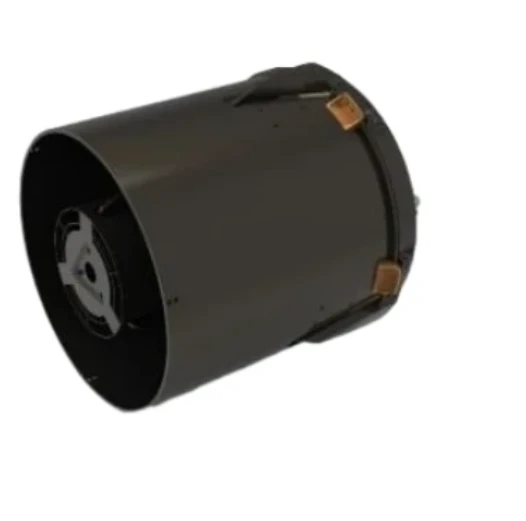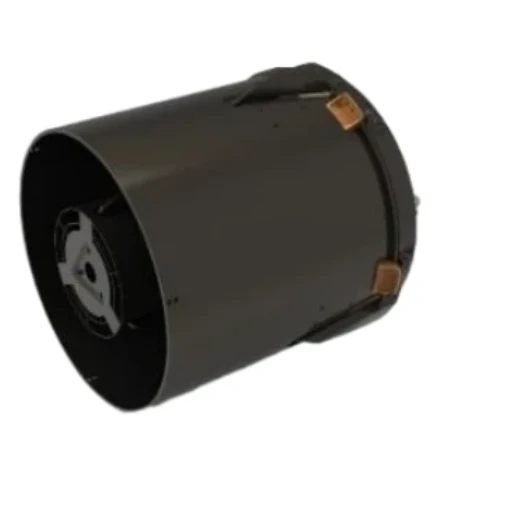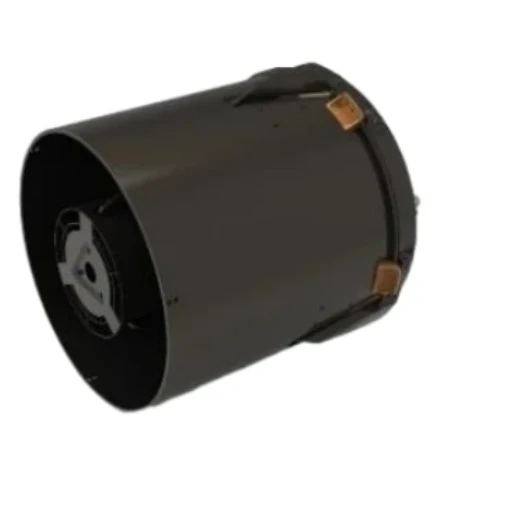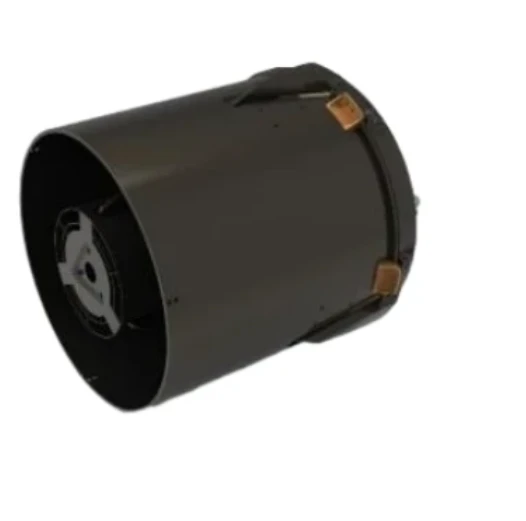
- Afrikaly
- Alban
- Amhar
- Arapça
- Ermeni
- Azerbaýjan
- Bask
- Belarus
- Bengali
- Bosniýa
- Bolgar
- Katalan
- Sebuano
- Hytaý
- Korsikan
- Horwatiýa
- Çeh
- Daniýaly
- Gollandiýaly
- Iňlis
- Esperanto
- Eston
- Fin
- Fransuz
- Frizian
- Galisiýa
- Gürji
- Nemes
- Grek
- Gujarati
- Gaiti kreoly
- Hausa
- hawaiian
- Hebrewewreýçe
- .Ok
- Miao
- Wenger
- Islandiýa
- igbo
- Indoneziýaly
- irish
- Italýan
- Japaneseaponlar
- Javaneseawan
- Kannada
- Gazak
- Khmer
- Ruanda
- Koreýçe
- Kürt
- Gyrgyzystan
- Zähmet
- Latyn
- Latwiýa
- Litwa
- Lýuksemburg
- Makedoniýa
- Malagasy
- Malaý
- Malaýalam
- Malta
- Maori
- Marathi
- Mongol
- Mýanma
- Nepali
- Norweg
- Norweg
- Oksitan
- Puştun
- Pars
- Polýak
- Portugaliýa
- Penjabi
- Rumyn
- Rus
- Samoan
- Şotlandiýaly Gael
- Serb
- Iňlis
- Şona
- Sindhi
- Sinhala
- Slowakiýa
- Sloweniýa
- Somali
- Ispan
- Sundanese
- Suwaýili
- Şwesiýa
- Tagalog
- Täjik
- Tamil
- Tatar
- Telugu
- Taý
- Türk
- Türkmenler
- Ukrain
- Urdu
- Uýgur
- Özbek
- Wýetnamly
- Uels
- Kömek
- Yiddishahudy
- Yorubaoruba
- Zulu
Optimizing Optical Systems With Advanced Optical Transmission Measurement Techniques
As optical technology evolves across industries such as telecommunications, biomedical engineering, and environmental sensing, the demand for precise and efficient optical transmission measurement has grown rapidly. This measurement process is critical for assessing the performance of optical components and systems, ensuring signal clarity, and minimizing loss. When integrated into a broader diagnostic framework, transmission measurement becomes a cornerstone of system optimization. Moreover, the emergence of integrated measurement systems allows engineers and researchers to evaluate multiple performance parameters in a single, streamlined operation.
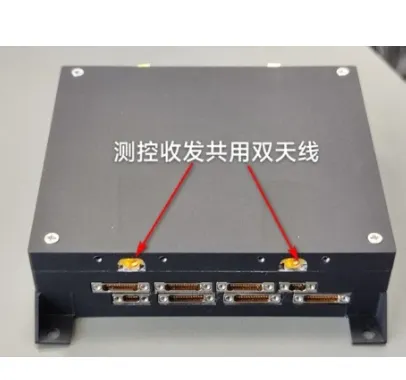
The Importance Of Accurate Optical Transmission Measurement
At the heart of many optical testing protocols is optical transmission measurement, which quantifies how much light passes through a given material or system. This measurement provides vital insights into attenuation, signal integrity, and spectral response. In fiber optics, for example, it’s essential to ensure that transmitted light is not significantly absorbed or scattered, which could compromise data transmission quality.
Modern devices and sensors that depend on optical signals—whether in photonic circuits or medical instruments—rely heavily on precise optical transmission measurement to verify functionality and adherence to stringent performance standards.
Enhancing Efficiency Through Integrated Measurement Solutions
Traditional testing setups often require multiple instruments and manual intervention. However, with the advancement of integrated measurement systems, it's now possible to perform several evaluations simultaneously within a unified platform. These systems can combine transmission measurement, reflection analysis, and spectral assessment in real-time, drastically reducing setup time and error potential.
By implementing integrated measurement solutions, manufacturers benefit from increased productivity, reduced calibration needs, and higher data accuracy. This approach is particularly advantageous in high-throughput environments like optical component production lines or laboratory testing facilities.
Transmission Measurement Across Diverse Materials And Applications
While optical transmission measurement is typically associated with transparent or semi-transparent materials, the broader scope of transmission measurement applies to a variety of mediums, including thin films, lenses, filters, and even biological samples. By evaluating how different wavelengths pass through these materials, researchers can derive key properties such as refractive index, absorption rates, and spectral behavior.
In the energy sector, transmission measurement techniques are employed to analyze solar panel coatings. In the medical field, they help examine tissue samples for diagnostics. Each use case demonstrates how versatile and essential transmission measurement has become across disciplines.
In summary, leveraging optical transmission measurement within modern testing frameworks enables better control, enhanced accuracy, and deeper insight into the performance of optical systems. As industries shift toward automation and digital integration, the role of integrated measurement and efficient transmission measurement methods will only grow in importance.
By adopting these technologies, professionals across sectors can ensure higher quality, greater reliability, and better innovation in their optical applications.








